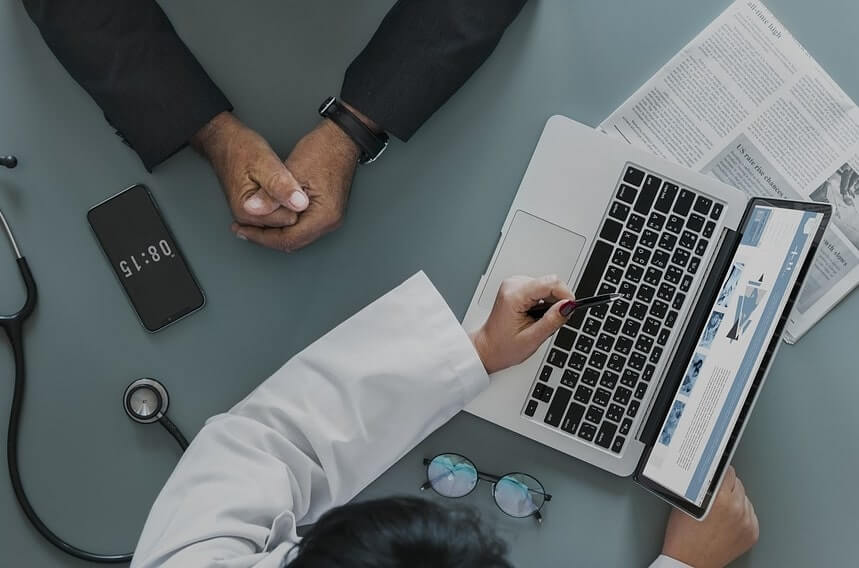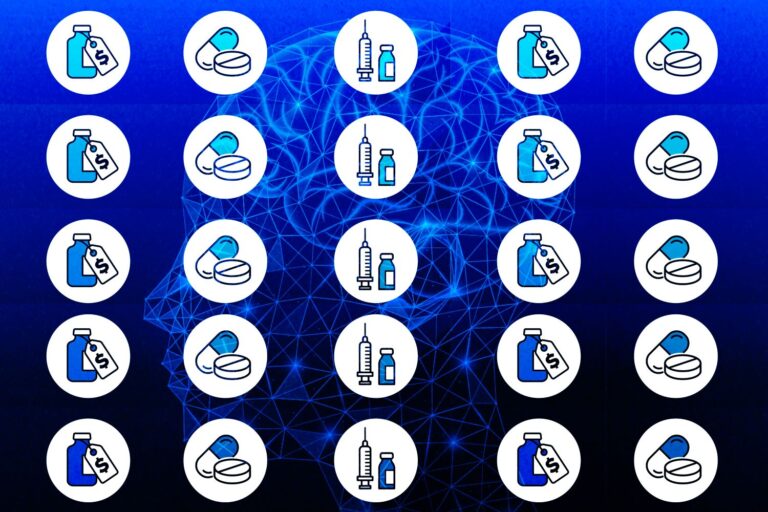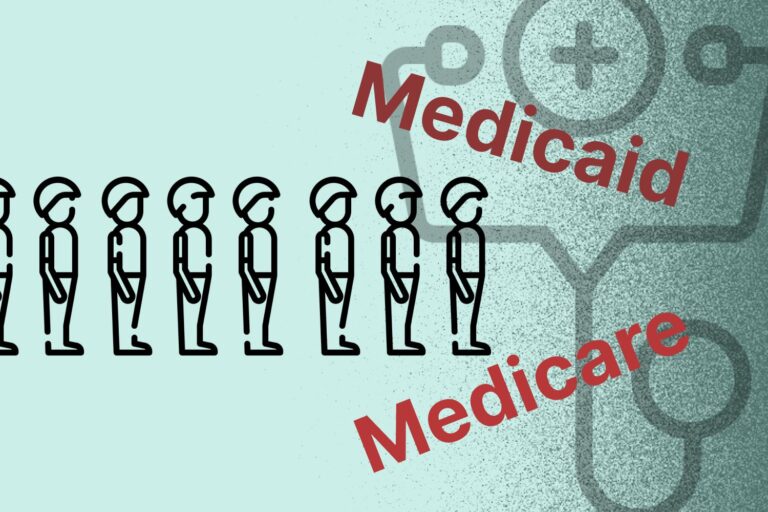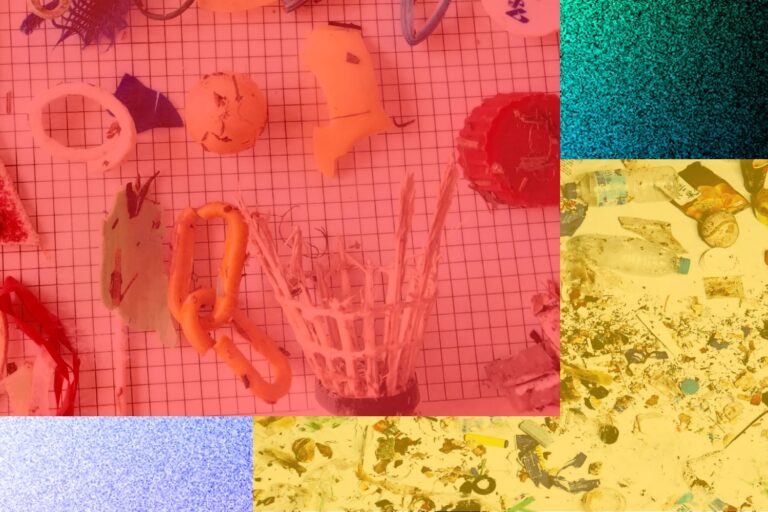Technology Is Disrupting Healthcare and We Don’t Want It to Stop
Many sectors of the economies of the world – even one as rigid as the financial sector – have finally started embracing technology in leaps and bounds for proper functioning and better deliverance of services to their customers, both at home and abroad. If we classed the financial sector as rigid, perhaps following closely should be the healthcare sector too.
It is, thus, interesting to see the rate at which digital technology is disrupting the industrial setup there too.
Looking at how things were before and comparing that to what we have today, what has really changed, though?
Technology in The Healthcare Sector
There are various arms of technology at play here, and we could spend all day trying to list them one after the other. However, we can do one better and group them all into unique classes to see how they have all impacted the healthcare sector in one way or the other.
Going by that, we have:
Artificial Intelligence (AI)
The beauty of artificial intelligence is in how it can consume mounds of data in a uniquely short amount of time. Perhaps the best part of it all is how these AI systems get to use the data they have consumed to draw out trends, patterns and learning curves for themselves.
At the end of the day, they will have become real-time assistants who didn’t need to be taught anything or taken through any other extensive training than the one they have granted themselves.
That said, AI systems can now help medical practitioners by:
- Providing real-time information on subjects and concerning topics, since they are always updated on the latest inputs into the system which these practitioners might not even know about at the time of reference
- Diagnosing chronic ailments in a fraction of the time by using cognitive models to draw patterns between a patient’s physiological composure and matching that with the data it already has on board, thus greatly reducing the time that would have been taken for preliminary, eliminatory and confirmatory tests
- Helping in the detection of chronic diseases (such as diabetes, cancer, etc.) in their early stages when they can be effectively tackled and overcome, leading to a higher percentage of success in the healthcare industry and low mortality rates
- Generally ensuring lower costs in the healthcare industrial process while speeding up the workflow across board, among other things.
Internet of Things (IoT)
It is already projected that the world will see some 20 billion connected devices by the year 2022, and the healthcare industry is not going to be left out of this wave. At the time of this writing, healthcare is probably one of the biggest embracers of IoT across different regions.
Looking back at insufficient staffing which is one of the biggest problems in healthcare, the turn to IoT to handle some of the routine tasks becomes more logical. That, and a host of other promises like:
- Monitoring the health of patients continuously and religiously at any and every point in time – not only when a patient decides to honor the doctor’s appointment. This can be achieved by pulling data from devices as simple as the patient’s smartwatch.
- Improving patient-doctor interaction since health practitioners now know what to discuss with their patients rather than offering advice that is all over the place. This will, in turn, lead to a higher rate of service delivery satisfaction.
- Personalized attention for patients who can now monitor their calorie intake, heart rate, blood pressure and such other important vitals on their own without having to go in. They will also know when best to seek emergency care – and cases of such occurrences have been documented.
- …and so much more!
3D Printing
While many are still seeing this technology as something for fun, the healthcare industry is embracing all its serious applications.
We believe one of the biggest advantages it holds for medical practitioners is how it allows them replicates organs they have to work on for proper simulation before they go in. No doubt this will increase the success rate of surgical procedures by no small means.
In the same vein, 3D printing is touted to provide the answer to the shortage of organs for donation. While a patient might not always be able to wait for an organ donor to come calling, they could benefit hugely from being able to get another working organ printed for them.
When we say organ, we mean all of the heart, liver, ears, eyes, and what have you.
Challenges Brought on By Technology
Anyone who has been around technology for a while will know that they do come with their own fair share of concerns. More than anything, IoT poses a huge security risk to users of the technology for healthcare or any other purpose at all.
The biggest problem with IoT is not that they don’t come with any security protocols at all, but that they come with the least of the basic security practices in place.
Note that these devices are mass produced for the public and not the guys at the IT department. That means the manufacturers will have to cut some corners in security to ensure the devices are usable to even the least tech savvy person.
Another problem with IoT devices is that most of them are running on outdated software. After all, many users don’t see the need to update or upgrade the software since the unit is still functioning like it is supposed to.
Finally, the lack of an extensive interface like you have in a smartphone means there is already a limitation on how effective the security on these units can be at all.
Demonstrating this insecurity, some researchers once hijacked an implantable insulin pump and engineered it such that it stopped delivering injections at regular intervals. They also took control of a pacemaker system – and it didn’t even take them a lot of effort to get that done.
All of these point to how easily the system can be hijacked and manipulated by a motivated hacker.
Stepping Up the Cybersecurity Game
The fact that some pieces of tech could be subject to abuse and attack doesn’t mean they should be totally discarded. As can be seen above, they have already shown us how important they can be to their healthcare sector – and they still hold more promises in the bag.
Updating IoT apps regularly, for one, will ensure they are protected against the internal vulnerabilities which could be exploited to the gains of a hacker.
When you’re within the home, you can equally secure your telehealth devices with a VPN router that broadcasts the connection they work on. The downside to that is in this form of protection wearing off when you leave the house, but we’re hoping it won’t be for too long as to cause any damage.
In all, continuing to embrace technology in healthcare is as exciting as it is liberating, and we cannot wait for the next thing to happen in healthcare tech.
About TurnOnVPN
TurnOnVPN is a non-profit organization focusing on a free and unimpeded internet for all. We take part in numerous online events, aimed at promoting a safe, secure, and censor-free Internet. Learn more at TurnOnVPN.









